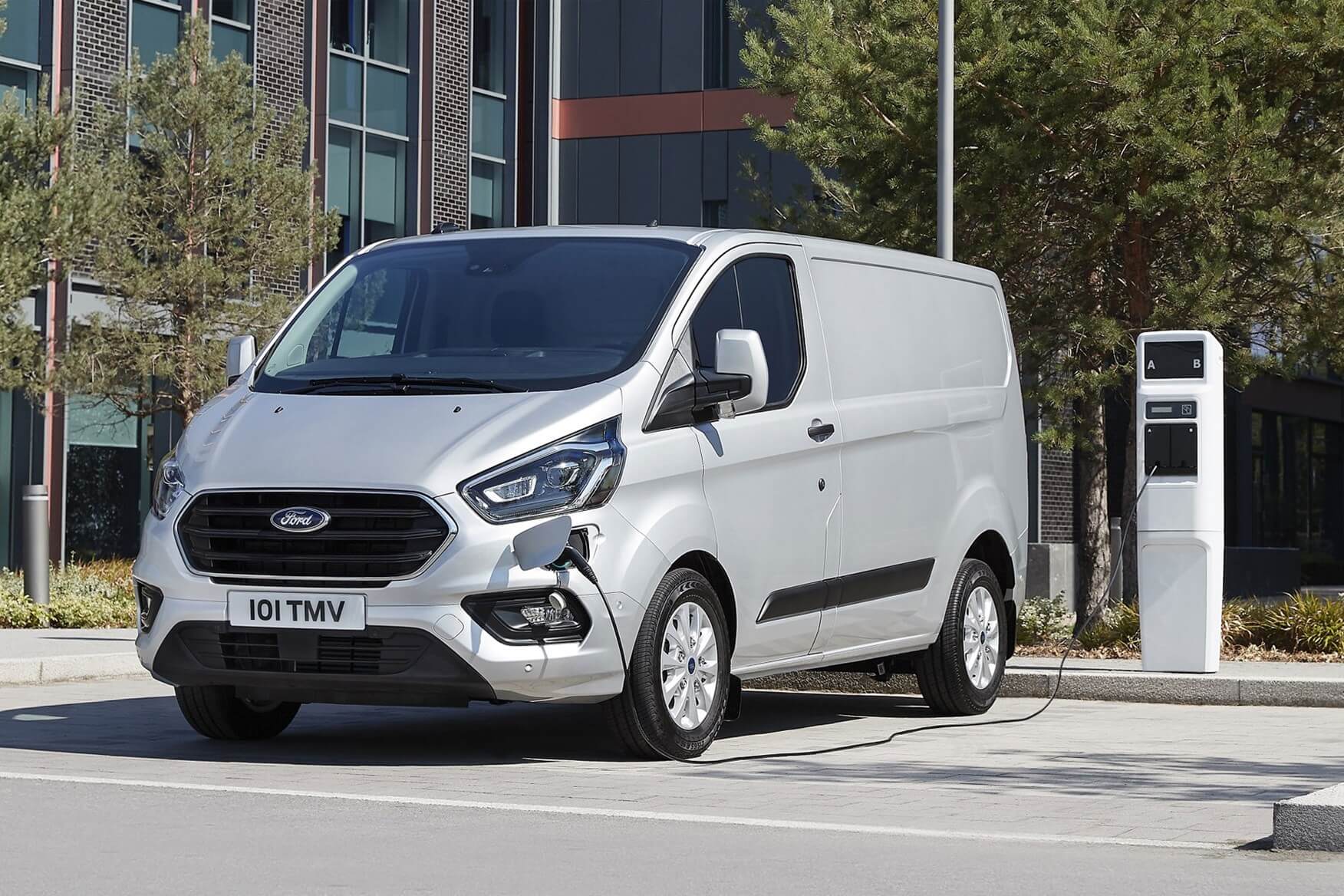When you purchase a van insurance policy either over the phone or through the internet what exactly are you getting. Each company may offer different levels of cover on their insurance policy along with varying features and benefits. Hopefully after reading this article you will get a better understanding of exactly what each item on your van insurance policy cover is for.
Your cover:
Third party:
Third party van insurance offers a driver the most basic level of insurance available at the cheapest cost, and is generally not recommended due to its limited level of protection. It covers you for damage caused to other people’s vehicles and property in the event of an accident, for injury or death to other people and for any emergency treatment caused as a result of your vehicle.
Third party fire and theft:
Third Party Fire and Theft policies are generally used for less expensive vans as the policies are often quite a bit cheaper. They provide cover for damage caused to other people’s vehicles and property in the event of an accident. The policy will also provide cover if your van is stolen or damaged in a fire. One down side to this policy is it doesn’t cover you for damage caused to your own van in the event of an accident, which is the reason the policy can be much cheaper.
With Insurance policy prices soaring over the last few years Third party fire and theft has become extremely popular amongst new and young drivers, who may be on a limited budget and have a low value van. It’s also proving popular with drivers who have convictions on their licence which often causes their insurance premium to rise.
Fully comprehensive (Fully Comp):
In general a fully comprehensive Insurance policy means that you are covered for any damage caused to your vehicle, in the event of an accident regardless of who is at fault. You are also covered for damage caused to your vehicle by non-collision factors like: theft of the vehicle, liability (see below), fire and act’s of God such as earthquakes, hurricanes, typhoons, floods etc.
Most people think that fully comprehensive insurance means that you are protected for everything, this isn’t always the case! You should always check your policy to see exactly what Fully Comp means.
No Claims Bonus (NCB):
This is generally the number of years you have an insurance policy in your name without having to make a claim. It usually means that you are regarded as a safer driver which ultimately results in the cost of your insurance policy being reduced.
Protected No Claims Bonus (Protected NCB):
This is where a policyholder chooses to pay an additional premium so that in the event of them making a claim against their policy, their “No Claims Bonus” is not effected which ultimately means cheaper insurance. A Protected NCB allows you to make a small number of claims over a set period (usually a maximum of 2 claims over a 3 year period) without incurring any loss of your current No Claims Bonus.
This is only usually offered to drivers who have had an insurance policy in their own name for 4/5 years or more without making a claim against their policy (dependent upon the insurance company’s terms).
Legal liability for death or injury to any other person, including passengers:
This outlines the amount of compensation that your coverage will be prepared to pay up to in the unfortunate event that another person or passenger is injured in an accident involving your vehicle.
Legal liability for damage to other people’s property:
This covers for any property damage caused by your vehicle, while it’s being driven or stationery. It pays out if you forget to put the handbrake on and your car rolls and causes damage, or if you knock a lamppost over or even your neighbours wall.
Own damage (excluding glass) and theft claims:
This policy allows you to make a claim from your own insurance, for any loss or damages sustained to your vehicle. (Covered by a comprehensive policy only)
If your vehicle is lost or stolen and is covered by a comprehensive or third party fire and theft policy, you will be able to claim compensation from your insurance.
Personal injury Protection (PIP):
Benefits for you and/your spouse/domestic partner for death or loss of limb up to age 75:
In the event of you or a passenger(s) being injured whilst in your car Personal Injury protection outlines how much medical coverage your policy will pay up to, regardless if the accident was your fault or not.
Medical expenses for anyone injured in your van:
This covers both the driver and its passenger’s medical expenses that may occur as a direct result of your van being involved in an accident.
Cover for personal belongings, which are in or on your van:
This offers a limited cover against personal belongings that may be lost or damaged as a result of fire or theft while they are in or on your van. (Each policy has a different amount of cover and often excludes, money, documents, stamps, tickets, trade tools etc)
New van replacement:
If your van is less than 6 months old (this figure varies) and is lost and not recovered, or if there is substantial damage caused to the van (usually if the cost of repair is more than 60% of the vans value) then your van will be replaced with a new vehicle of the same make, model and specification. (There will be clauses set by the company providing the policy, so please check them!!)
Windscreen/window breakage:
If your windscreen, windows or sunroof are smashed/chipped the policy will cover the cost of repairing or replacing the damage. Many policies also cover any damage caused as a result of broken glass to the vans bodywork. (Check to see if your policy covers sunroofs)
Replacement locks cover:
A replacement lock policy outlines exactly what is covered in the event of you keys or lock transmitter being stolen or lost. It can cover your ignition lock, door lock, boot lock, central locking system and lock transmitter. It’s important to note that the policy may not cover any damage caused to your van alarm or immobiliser.
Exclusions:
Each policy provider will have their own set of exclusions which you will need to abide by to ensure that your vehicle remains covered by the insurance policy. These exclusions will outline what the policy does not cover.


 Plug-In Van Grant Announced
Plug-In Van Grant Announced